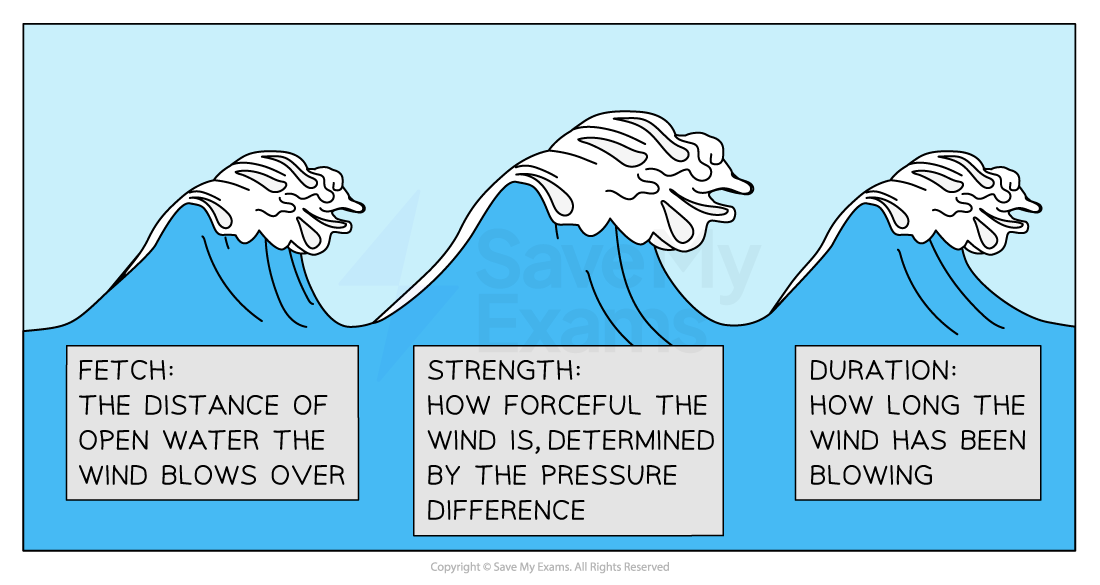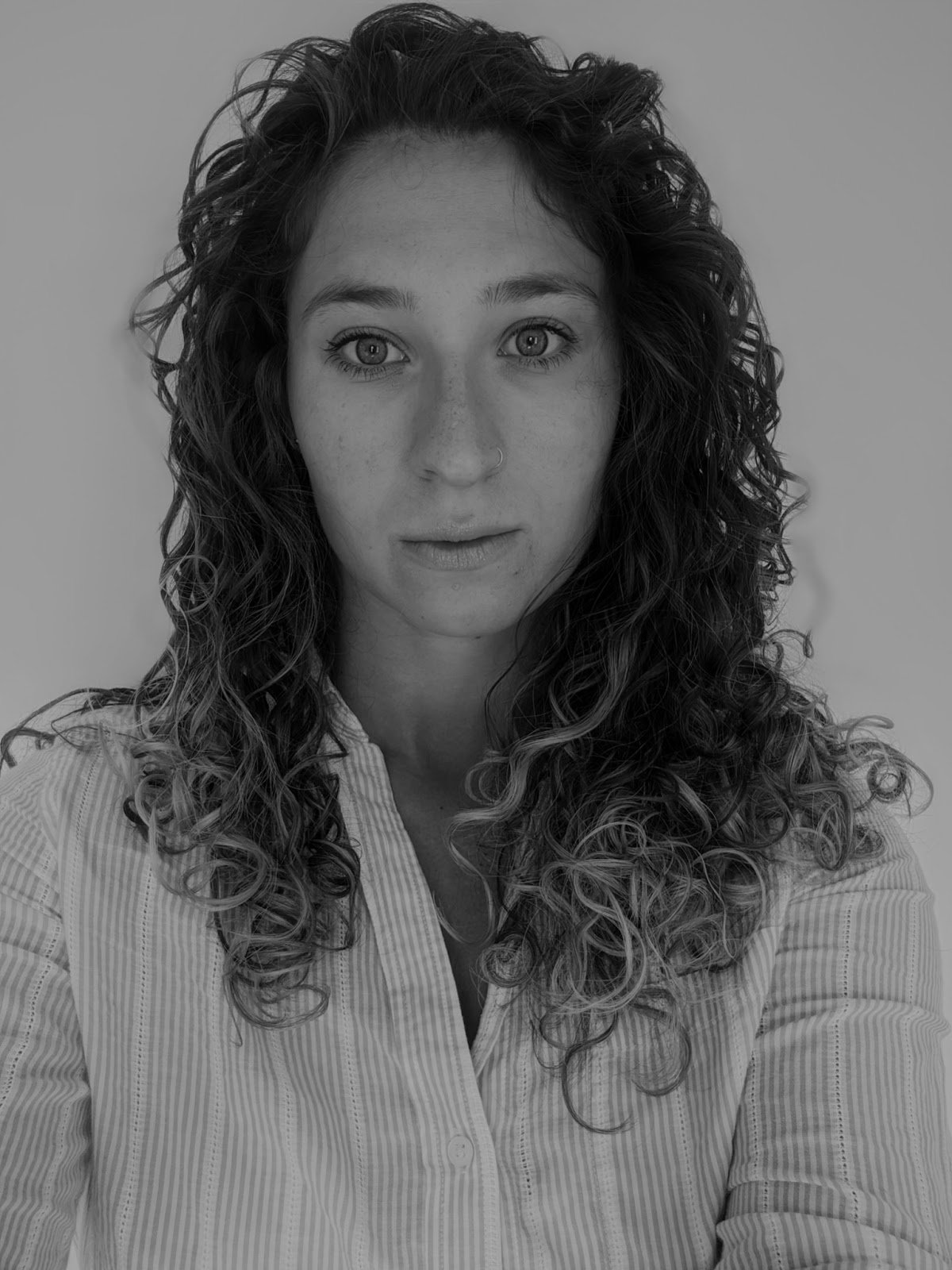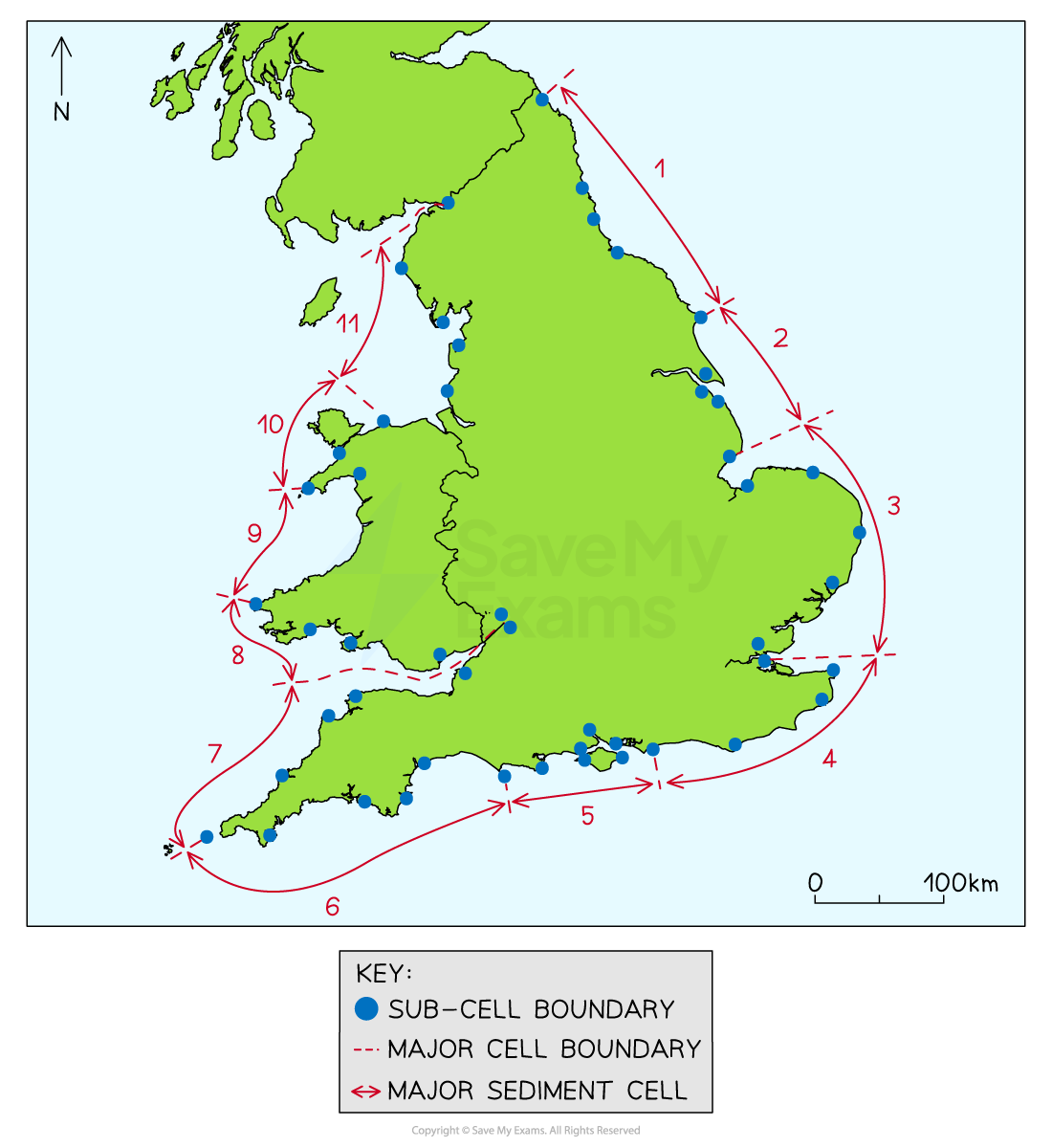Coastal Sources of Energy
- At the coast energy refers to the power behind any change or transfer in the system
- The main source of energy at the coast is the waves
- Waves are mainly generated by wind
- They can be caused by tectonic activity but this is much less regular
- Wind occurs because of the rotation of the earth and differences in atmospheric pressure when different parcels of air are heated differently by the sun
- Various features of the wind will affect how much energy a wave has: fetch, duration and strength of the wind.

Wave characteristics
- The tide and tidal range also have an important role in the energy of the waves at a coast
- A high tidal range such as in the Bristol Channel, means that waves only reach a particular part of the cliff for a small amount of time, and less energy is focussed on that spot
- A low tidal range such as in the Mediterranean, means that waves will be concentrated on a small part of the cliff for longer, increasing the energy directed at that point
- Other currents like rip currents also transfer energy at the coast
- These are localised channels of powerful, fast-moving water that cut through the breaking waves
- They have localised high energy
- High energy coastlines are those that face powerful waves for most of the year
- Erosion exceeds deposition at high-energy coastlines and the landforms reflect this such as headlands with arches and caves eroded into them and wave cut platforms
- Low energy environments are those where the waves are less powerful and the coast is more sheltered
- Deposition exceeds erosion at these coastlines creating beaches and spits




